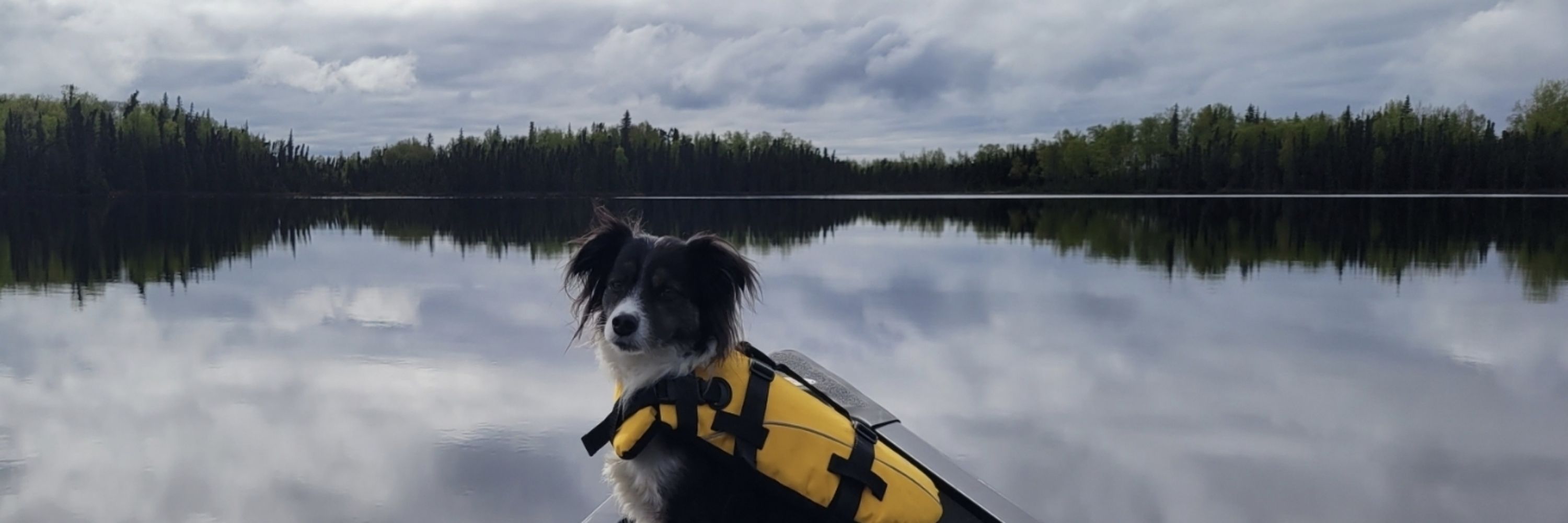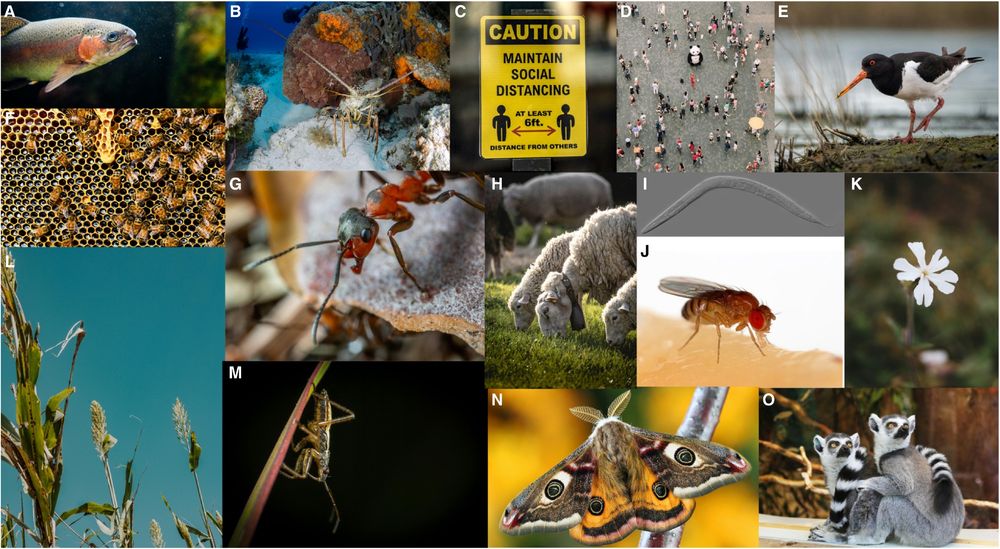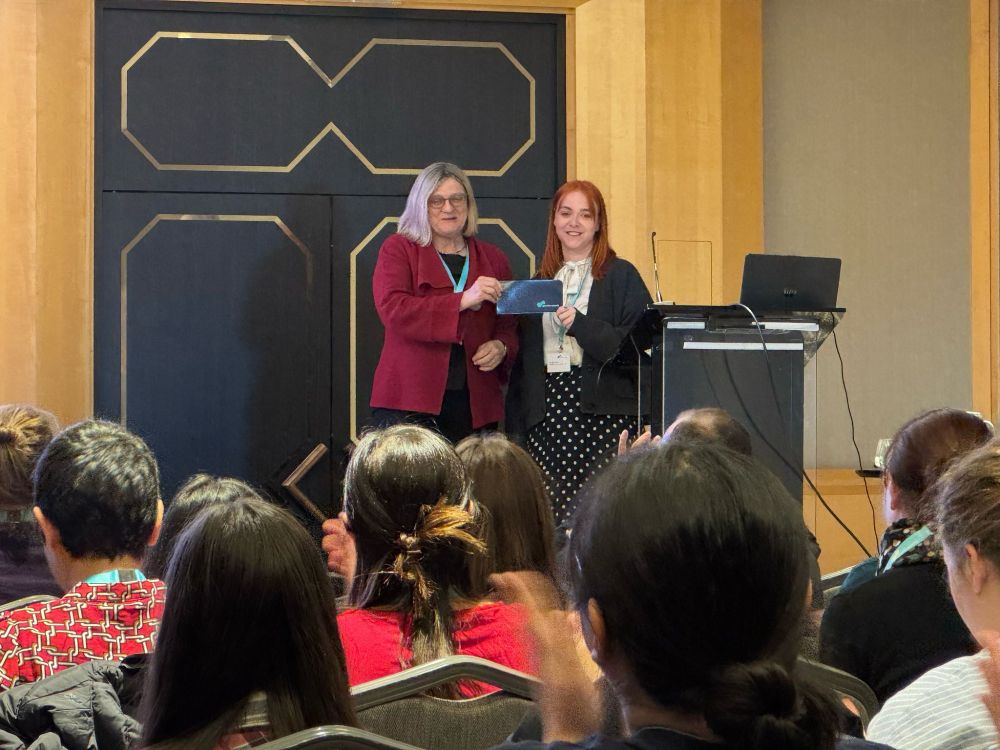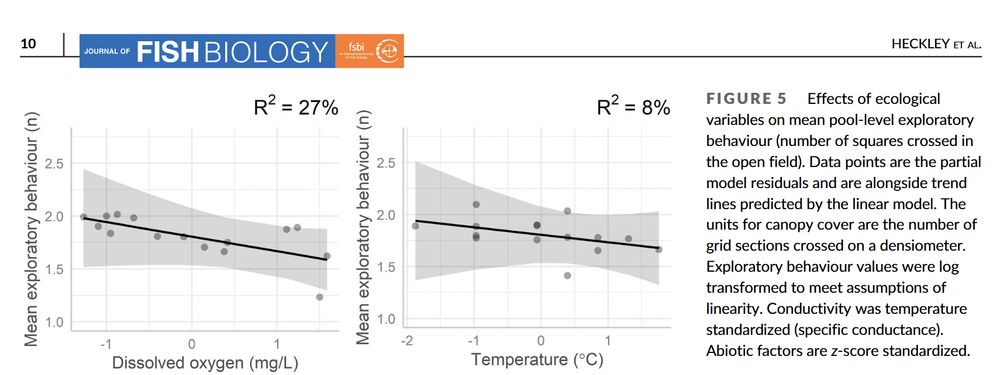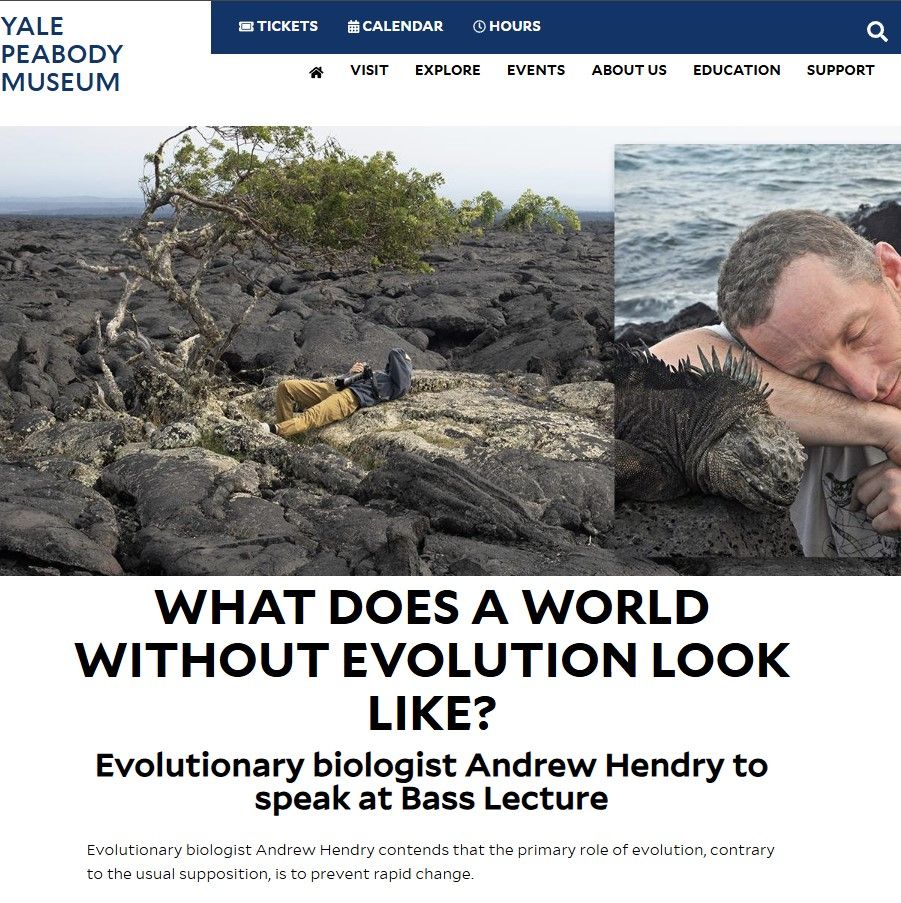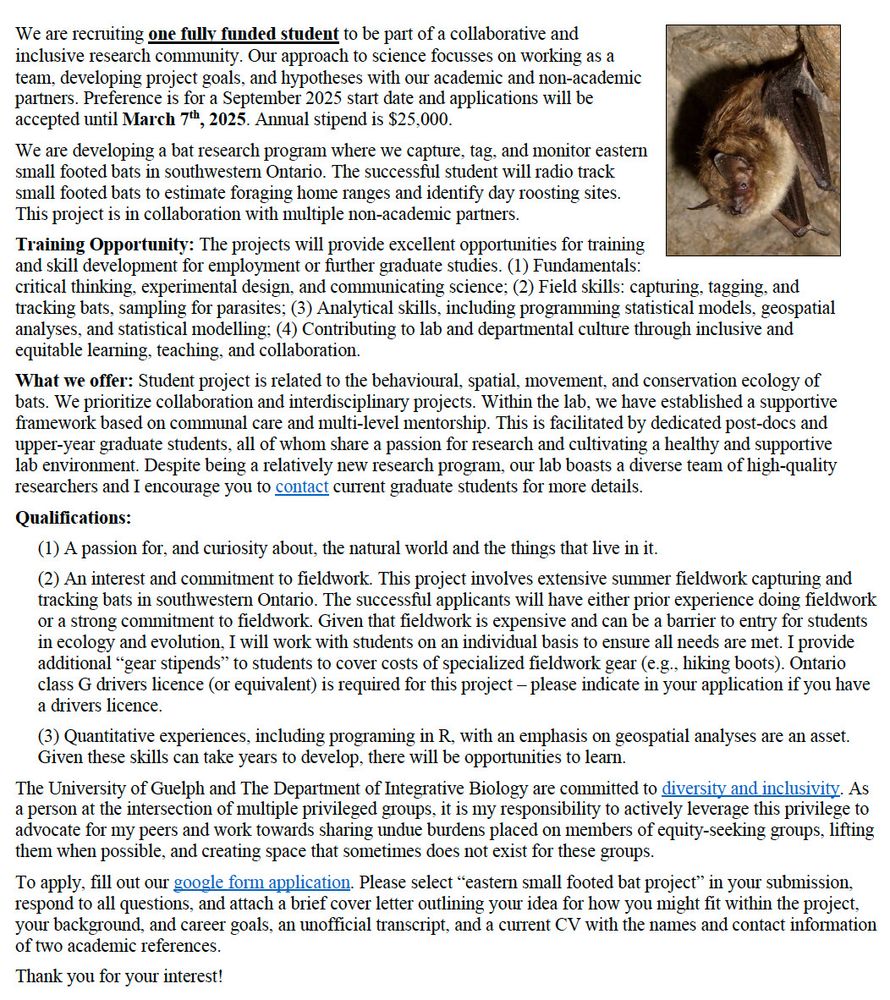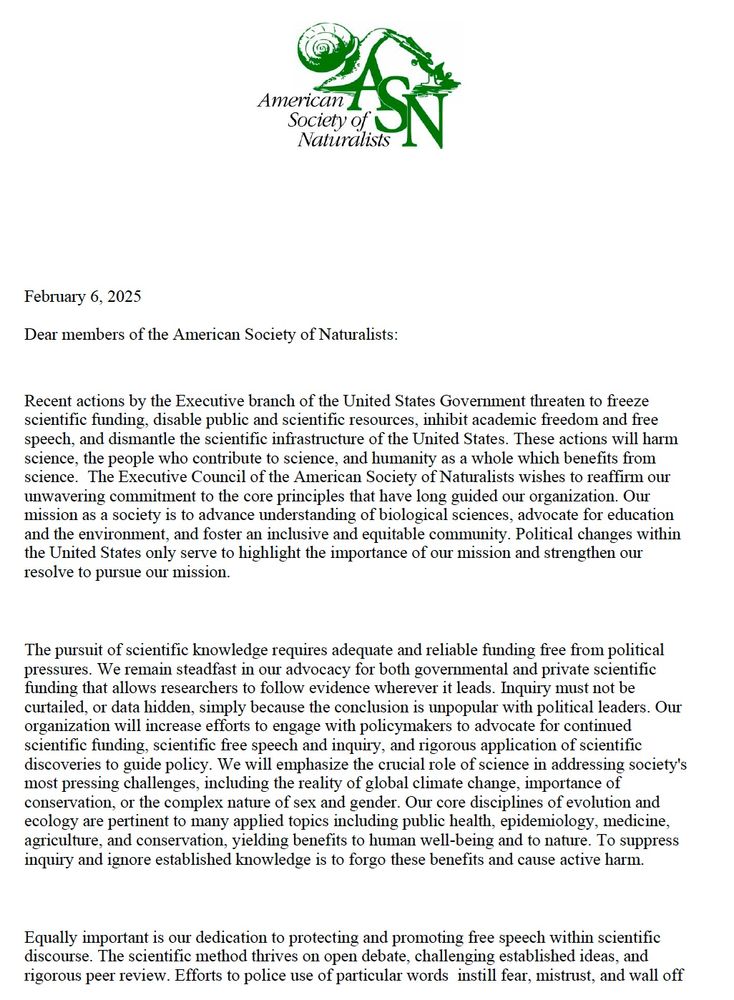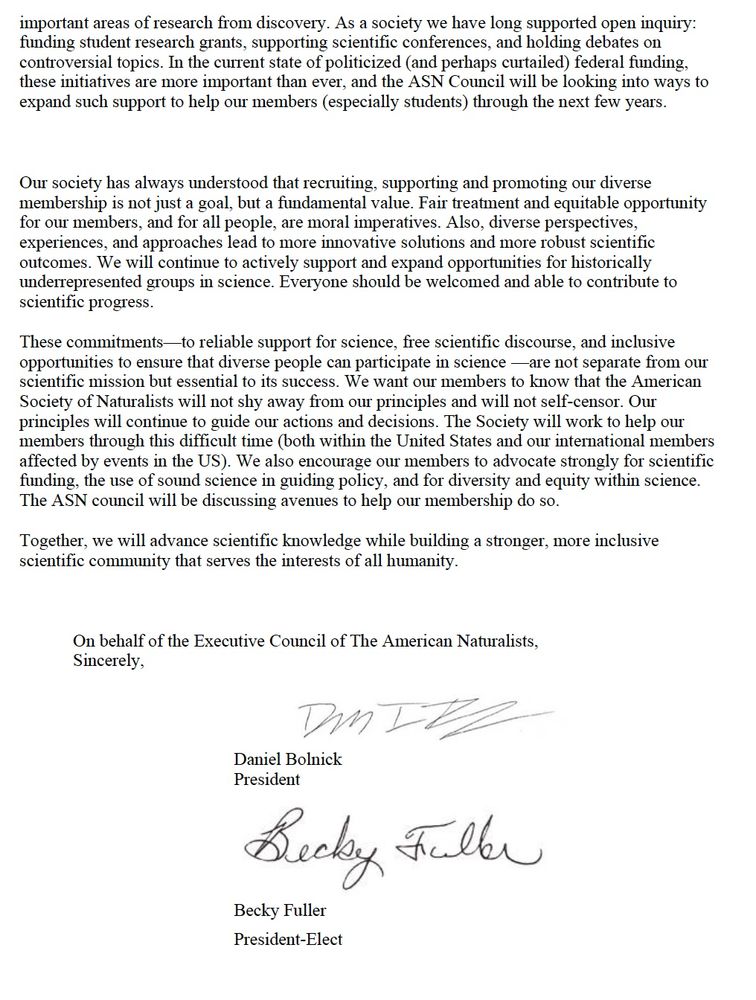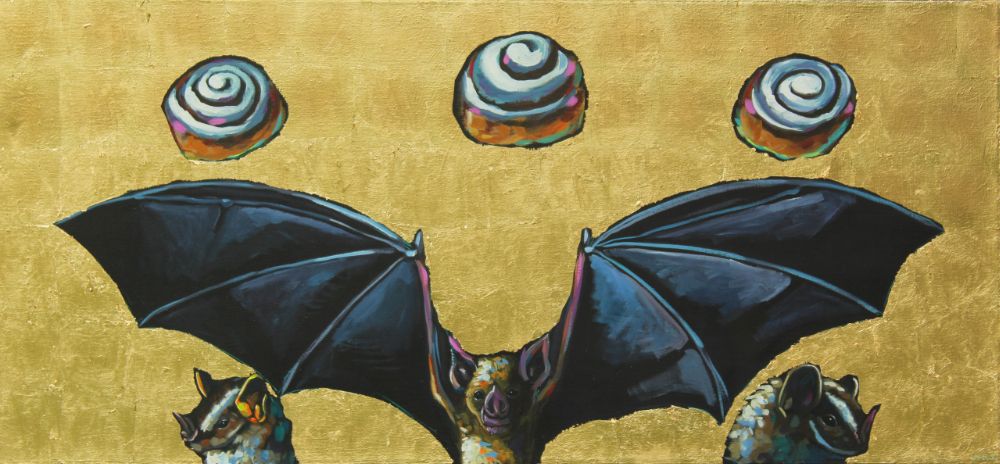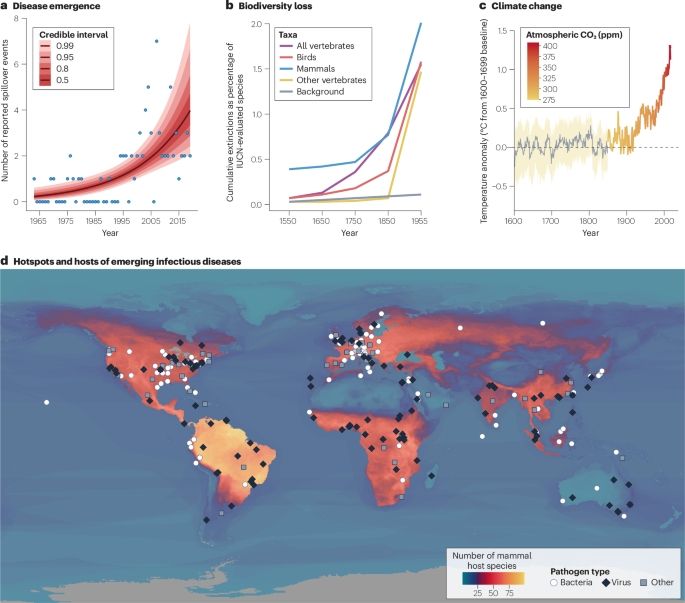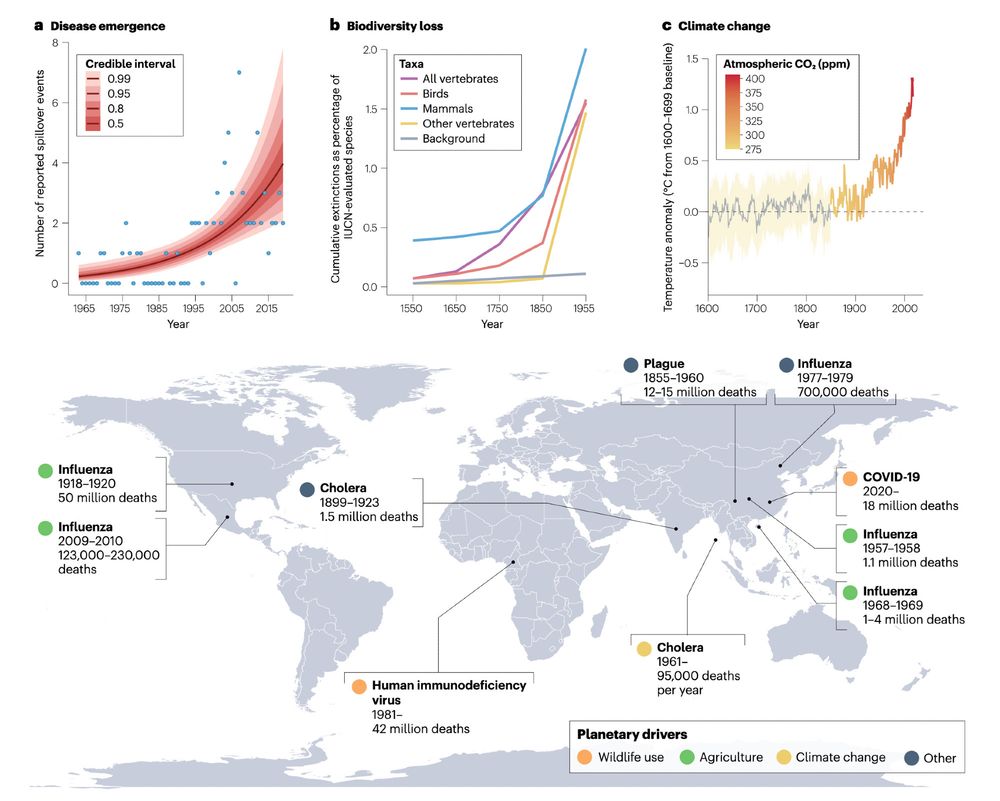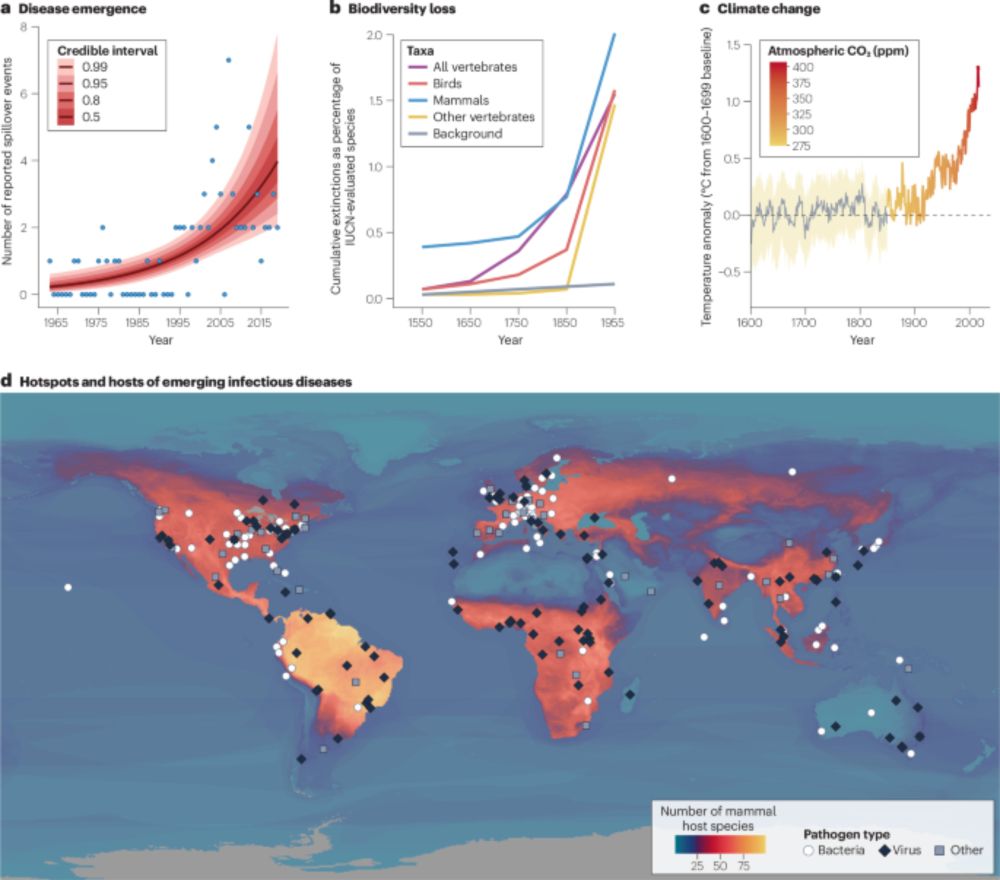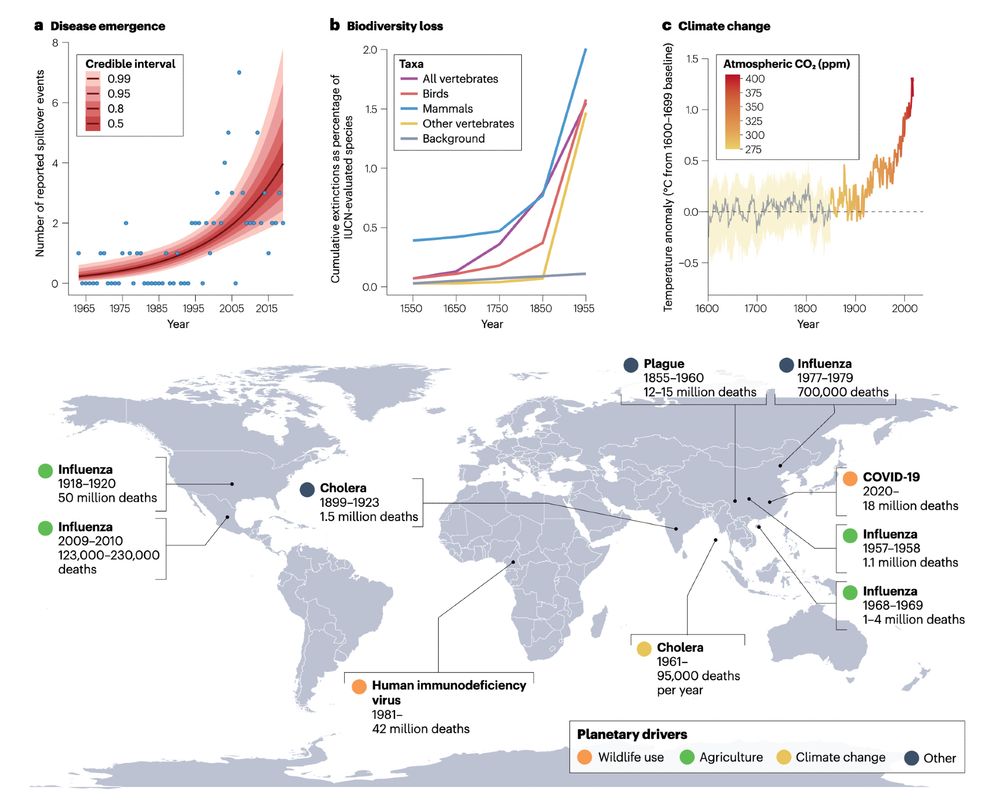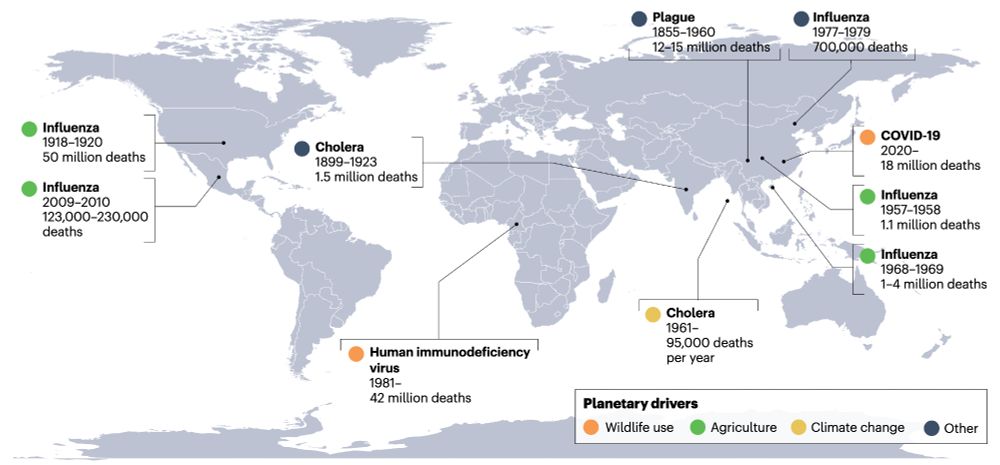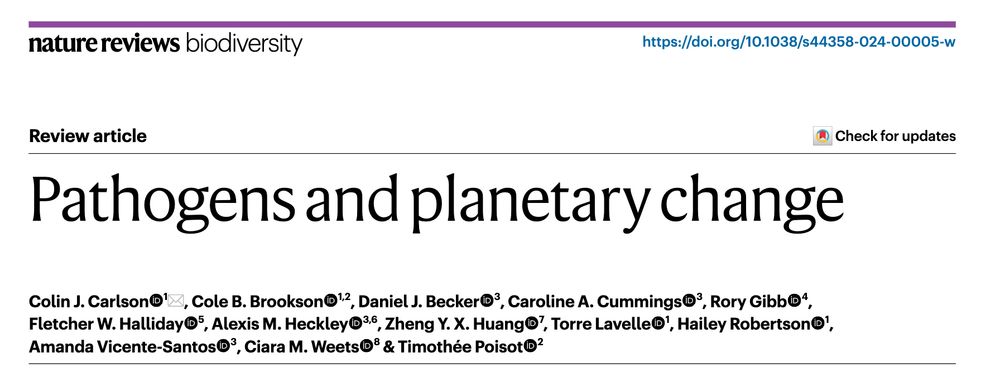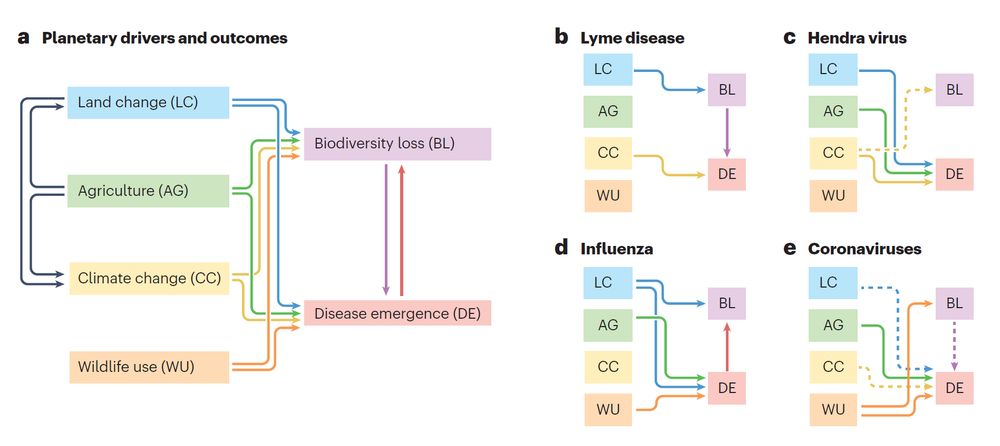Alexis Heckley
@alexisheckley.bsky.social
360 followers
200 following
11 posts
NSERC postdoctoral fellow at The University of Oklahoma, studying Neotropical bat behaviour and parasites.
PhD from McGill University, studying intraspecific variation in guppies and stickleback.
alexisheckley.wixsite.com/mysite
Posts
Media
Videos
Starter Packs
Reposted by Alexis Heckley
Reposted by Alexis Heckley
Kelly Ireland
@kelly-ireland.bsky.social
· May 30
Reposted by Alexis Heckley
Reposted by Alexis Heckley
Reposted by Alexis Heckley
Janay A. Fox, PhD
@janayf.bsky.social
· Apr 29
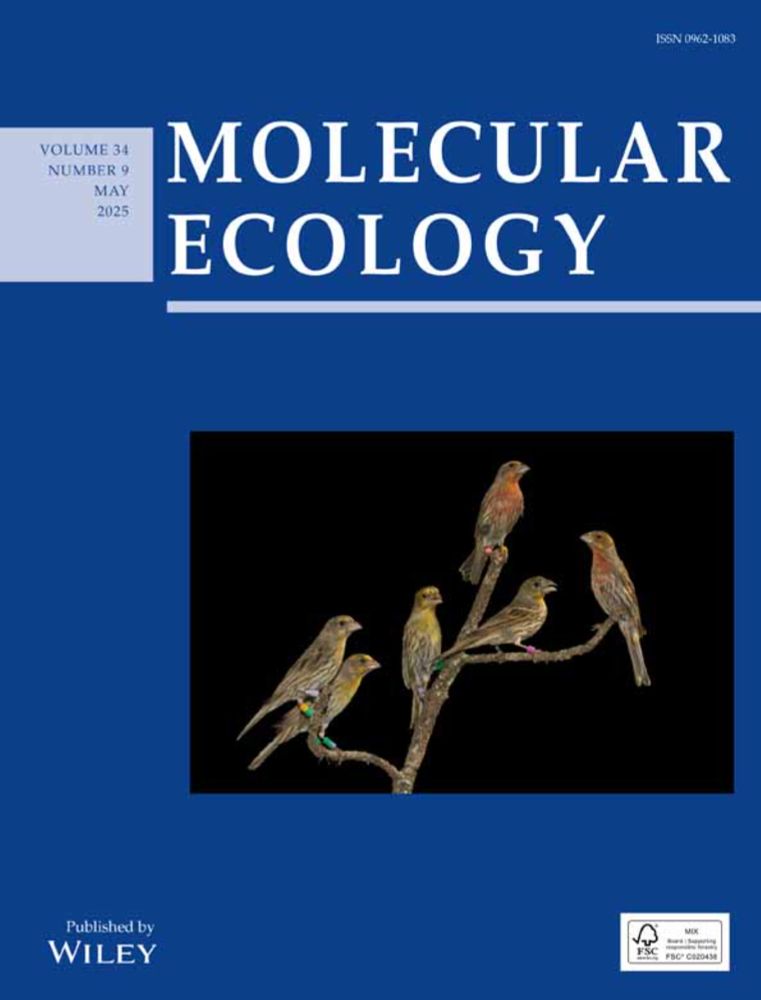
Rapid Neural DNA Methylation Responses to Predation Stress in Trinidadian Guppies
DNA methylation (DNAm) is a well-studied epigenetic mechanism implicated in environmentally induced phenotypes and phenotypic plasticity. However, few studies investigate the timescale of DNAm shifts...
doi.org
Reposted by Alexis Heckley
Reposted by Alexis Heckley
Reposted by Alexis Heckley
Reposted by Alexis Heckley
Reposted by Alexis Heckley
Reposted by Alexis Heckley
Reposted by Alexis Heckley
Reposted by Alexis Heckley
Reposted by Alexis Heckley
Reposted by Alexis Heckley
Colin Carlson
@colincarlson.bsky.social
· Jan 16
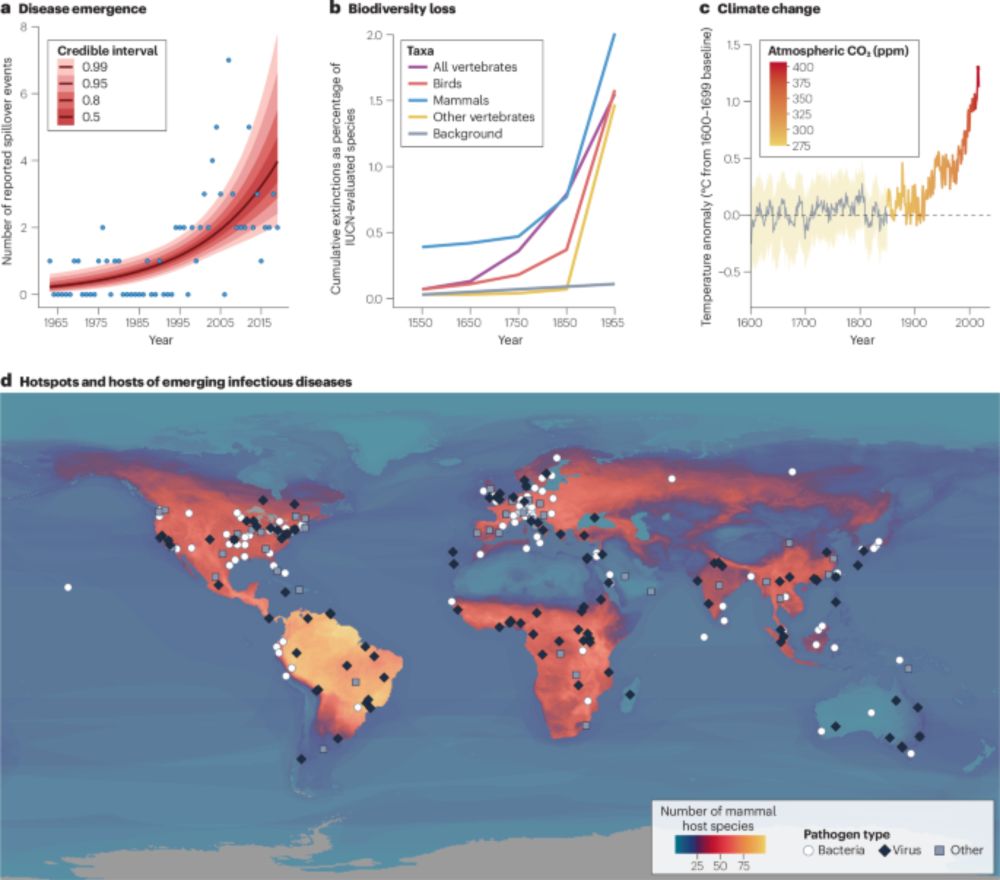
Pathogens and planetary change - Nature Reviews Biodiversity
This Review explores the relationship between emerging infectious diseases and biodiversity loss, and how both are connected to global environmental changes in the Anthropocene.
www.nature.com
Alexis Heckley
@alexisheckley.bsky.social
· Jan 16
Reposted by Alexis Heckley
Reposted by Alexis Heckley
Torre Lavelle
@torrelavelle.bsky.social
· Jan 15
Reposted by Alexis Heckley
Reposted by Alexis Heckley
Ciara Weets
@ciaramweets.bsky.social
· Jan 15
Reposted by Alexis Heckley
